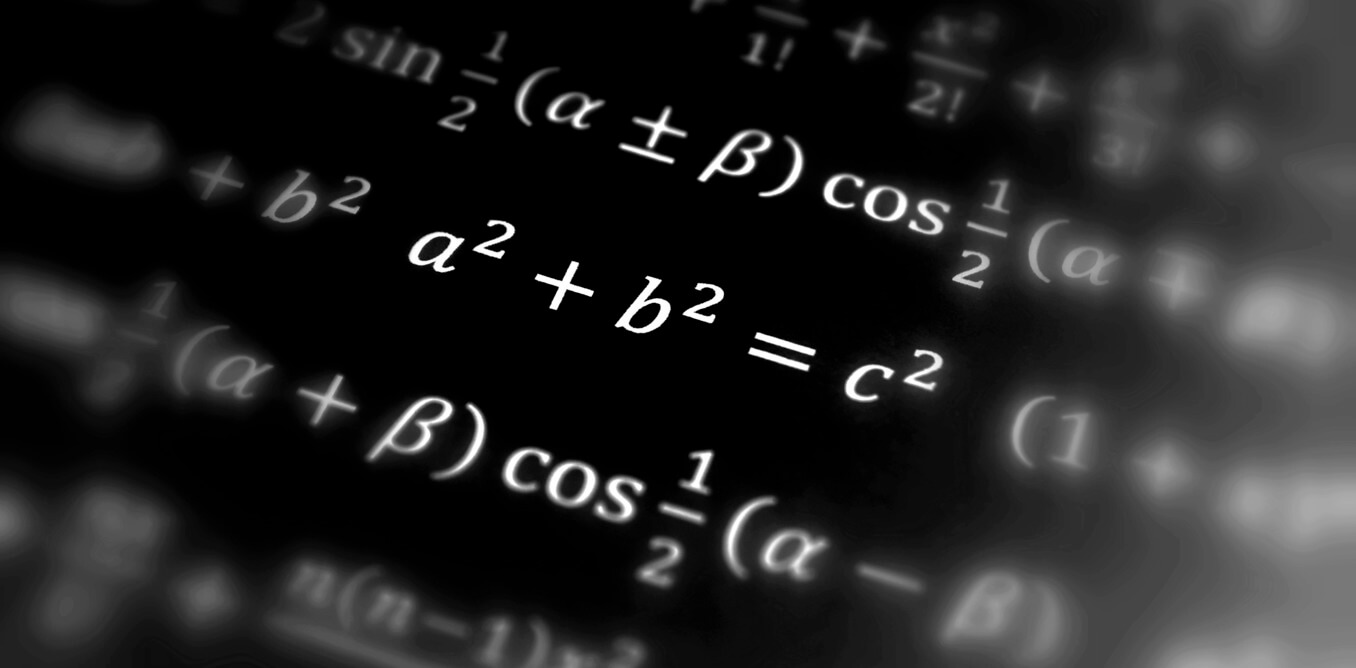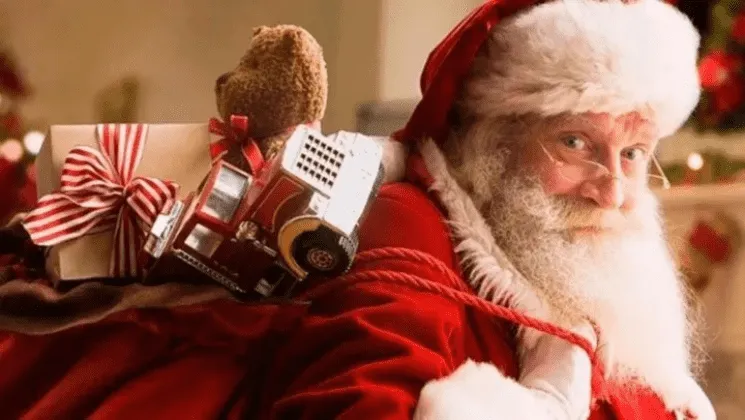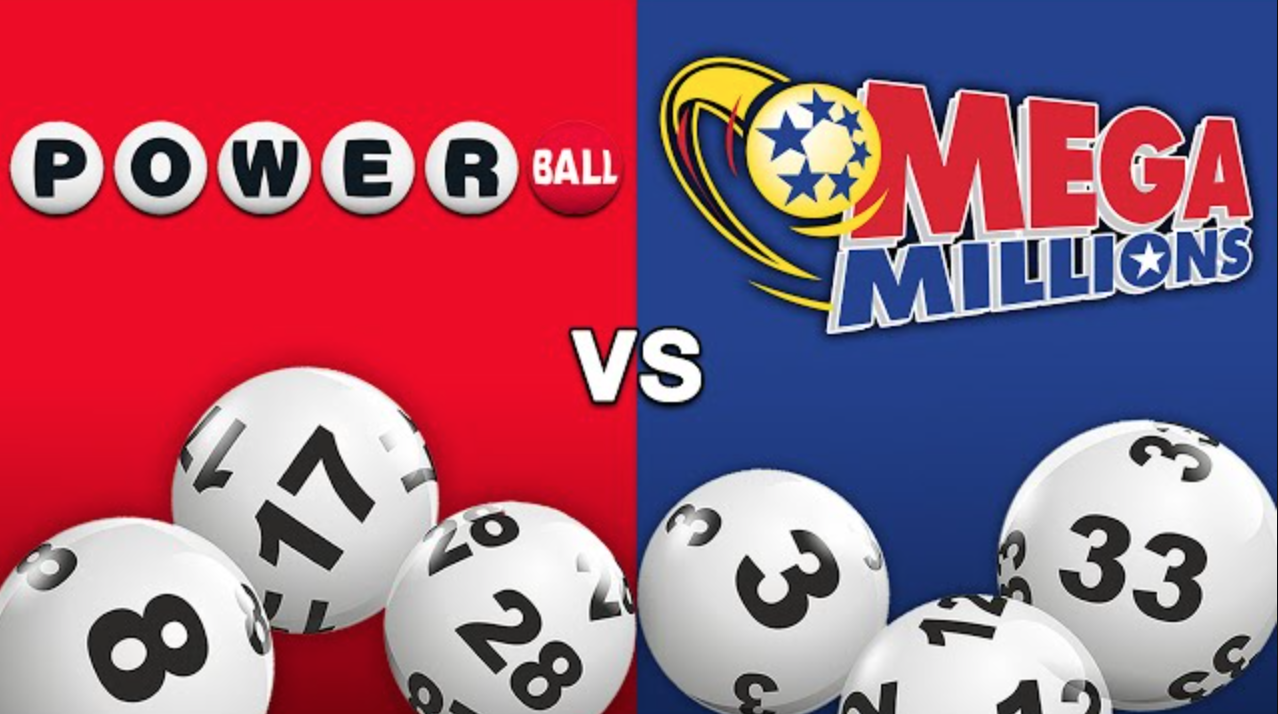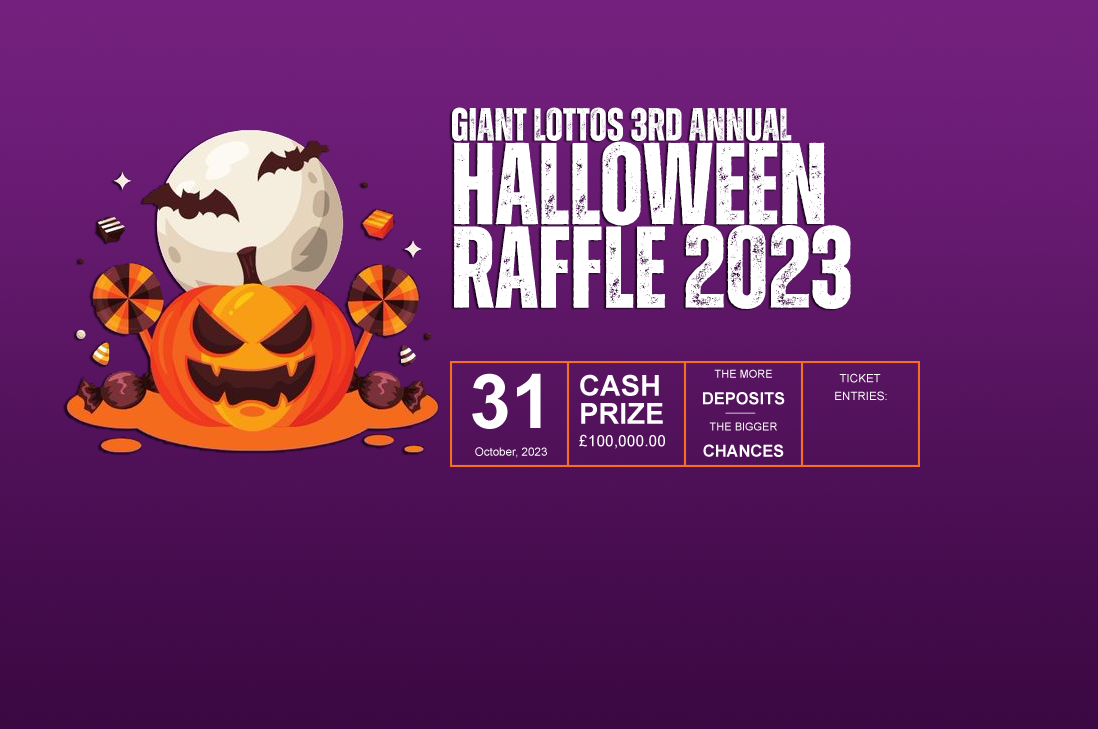How To Use Math And Win The Lottery
Even though the lottery is all about numbers, very few people ever use maths when playing the lottery. Keep reading and see how you can use mathematics and data from real lottery draws to improve your chances of winning.
What we’ll show you is how you can use math formulas to predict the outcome of random events. The equations will show you how you can recognise patterns in lottery draws, and how you will be able to predict the outcome of future draws.
Simple Probability
At a glance you would think that every lottery number combination has equal chances of being picked. For example, in a normal 6/45 lottery game each 6 digit number combination has a 1 in 8 million chance of coming up.
According to this concept the number combination of 1,2,3,4,5,6 has as much chance of being drawn as any other number combination.
To understand this concept better let’s apply it to a simple example that uses marbles.

If you look at the above image you can see that the five black marbles are outnumbered by the white marbles. If you were to place a bet on which marble would be picked the odds of picking a white marble are higher.
If you replace the marble every time you pick, the probability of picking a white marble doesn’t change. The likelihood of picking the white marble stays consistent as long as you are replacing the marble every time you pick.
In mathematics, probability is the likelihood of a particular event happening divided by the whole number of possible outcomes.
You can show this in the below formula:

So in our example using black and white marbles the chances of picking a white marble is 45/50 and the chances of picking a black marble is 5/50.
Now we can calculate the percentage of the marbles being drawn.
P(White) = (45/50) X 100 = 90% chance of being drawn
P(Black) = (5/50) X 100 = 10% chance of being drawn
In other words we can say that the white marbles will be picked 90 times every 100 draws, and the black marbles will be picked 10 times every 100 draws.
P(White) = 9 times every 10 draws
P(Black) = 1 times every 10 draws
By now you’re probably thinking what do these marbles have to do with winning the lottery? Nothing, but probability has everything to do with picking the right numbers. Let’s move on and apply probability to analyse lottery number combinations.
Finding The Best Mix Of Odd And Even Lotto Numbers
So which of the below number combinations has the best chances of winning:
3 - 12 - 19 - 23 - 30 - 35
4 - 13 - 15 - 27 - 34 - 45
5 - 16 - 30 - 34 - 40 - 42
2 - 14 - 22 - 26 - 29 - 40
5 - 15 - 19 - 23 - 34 - 39
For this exercise we recommend that you pick one of the above number combinations that you would be likely to pick in a normal lottery draw.
Now that you have your set of lucky numbers we will apply the same probability analysis that we used for the marbles.
For the above numbers we are making use of a 6/45 lottery game.
Now we need to calculate the number of possible outcomes when picking 6 numbers from a 45 number pool.
To calculate this we will use a formula called the binomial coefficient.

We won’t go into detail about how the formula works, but we’ll move as quickly as possible to the answer.
N = 45 numbers
R = 6 combinations
45C6 = 8,145,060
So according to the above calculations we can see that in a 6/45 lottery game there are 8,145,060 possible outcomes.
To break it down further we can calculate how many odd and even numbers we should pick. Let’s say we pick 3 odd and 3 even numbers.
We’ll then come to 2,745,347 different outcomes if there are a split of three odd and three even numbers.
So to analyse the probability of the pattern we can state that:
P(3 odd & 3 even) = 0.33484590659
Let’s examine other combinations of odd and even numbers for a 6/45 lottery game.

Outcome: The split of 3 odd and 3 even numbers have the best chances of being drawn.
Back to our question of which number combination has the best odds of winning?
(a) 3 - 12 - 19 - 23 - 30 - 35
(b) 4 - 13 - 15 - 27 - 34 - 45
(c) 5 - 16 - 30 - 34 - 40 - 42
(d) 2 - 14 - 22 - 26 - 29 - 40
(e) 5 - 15 - 19 - 23 - 34 - 39
The (a) has an even spread of odd and even numbers, and has the best odds of being drawn. From a theoretical standpoint the first number combination has the best odds of coming up.

While the equal odd/even numbers have the best chance of being drawn, the combination of only odd or only even numbers has only a 0.91% chance of being picked.
To according to the above calculations:
P(3 odd numbers and 3 even numbers)
= occurs approximately 33 times every 100 draws
P(All even numbers)
= occurs approximately once every 100 draws
So the first step to choosing your winning numbers is to have an even spread of odd and even numbers as they have the biggest probability of being drawn.
Let’s move on to some real world examples from actual lottery draws to see how this theory works in action.
Where Theory Meets Reality
Below we’ll be taking a look at some Expected frequencies and some Observed frequencies. Don’t get too focused on those names, for our purposes the Expected frequencies are what the theory tells us, and the Observed frequencies are data from actual lottery draws.
So we can say that:
Expected frequency = (Probability) X (Number of draws)
Observed frequency = The number of occurrences in the actual lottery draws
So if the theory is correct there should be a close correlation between the Expected frequency and the Observed frequency.
Real Irish Lottery Draws
Below is a table of actual Irish Lottery draws from between November 2006 - September 2015

Real Australian Lottery Draws
Below is a table of actual Australian Lottery draws from between June 1990 - May 2016

So if we take a look at the tables above we still see the even split of odd/even numbers being drawn more often than other number combinations.
This is probability theory in action. Proof that we can apply a mathematical theory to recognise patterns, and patterns with lottery numbers.
So now that we’ve shown that probability theory can help you find certain patterns in winning lottery numbers we can move on.
Below we’ll examine the Law of Large Numbers
Law of Large Numbers at Work
In a nutshell the Law of Large Numbers states that when an event is repeated enough times, the outcome will eventually reach the expected or intentioned outcome. In this case the event would be a normal lottery draw and the intentional outcome would be the expected frequency after we multiply the probability with the actual number of draws.
In the above examples of real lottery draws we clearly see the Law of Large Numbers at work with the lottery. In the above examples we see that the patterns that we expect (3 odd, 3 even numbers) appear more often than other patterns. Again, this is Probability Theory and the Law of Large Numbers at work.
So now that we’ve firmly established that certain number patterns are more prevalent in lottery draws we can start scratching the surface a bit more. In the below sections we’ll find even more lottery number patterns that have better chances of winning.
Make Sense Of Lottery Patterns
An article published in The Guardian newspaper reported that around 10,000 people play 1,2,3,4,5,6 number combinations in the UK Lotto every week. This means that in the event that this number combination ever gets drawn, these players would collect approximately £500 each on the average £5 million jackpot payout.
But there is one way you could ensure that you win the jackpot; buy every single number combination.
While on the surface this appears true, we’ll break it down to show you that not all number combinations have equal chances of being drawn.
In 2014 a Brazillian mathematician published a paper called The Geometry of Chance which in part explained why certain number combinations have less chances of being drawn than others.
In the study all the numbers in a 6/45 lottery game are grouped together in combinations based upon their probability of being drawn.
The mathematician was able to come back with 210 different combination templates. In the study each pattern is broken down into which are more likely to be drawn.
Below are some of the patterns from the study and how many times they come up every draws

From the above table you can see that certain patterns in the study appear more often than others. We can conclude that some number combinations are more likely to appear than others.
Now let's take a look at how this theoretical approach can be applied to real life lottery draws.
Theoretical Probability VS Real Life Lottery Draws
The below table shows draws from June 1990 till May 2016 from the Australian Lottery.

Conclusions
According to the above table Pattern 1 has the biggest probability of being picked. While some of the other patterns only appear as little as once every 100,000 draws.
Below is another table with the same conclusions as the above. Certain patterns are just more likely to appear, while others are hardly ever drawn.

Given all the above information it’s hard to deny that some lottery numbers are just better than others. But what are you supposed to do with all this information? How can you start putting it to use and finally start winning those lottery prizes that have evaded you for so long?
How We’ve Condensed Lotto Theory Into One Click
Now that you understand the theories behind picking winning lottery numbers a bit better, it’s time for you to start winning!
And we’ve managed to condense all of the above knowledge into a single, easy to use tool for our lottery players.
We’ve developed our own AI-powered technology which uses the above theories in order to analyse past winning number combinations. By analysing past winning combinations our technology is able to recognise certain patterns that are likely to emerge.
Introducing the SUPA-QP technology, the world’s only AI-powered lottery tech that is guaranteed to give you better odds of winning!
The SUPA-QP technology is so simple to use for seasoned and new lotto players alike to play for multi-million payouts everyday.
The SUPA-QP also ensures that no identical number combinations are picked for each draw, and that all lucky numbers each work to maximise against the statistical, historical and predicted results data.
This technology has been built into the code of the website, and is available to all players using the quick picks option when selecting their lucky numbers. All you need to do is use the quick picks option and the SUPA-QP technology will do the rest.
So register your free account and start using the SUPA-QP technology for better and bigger winnings now!













